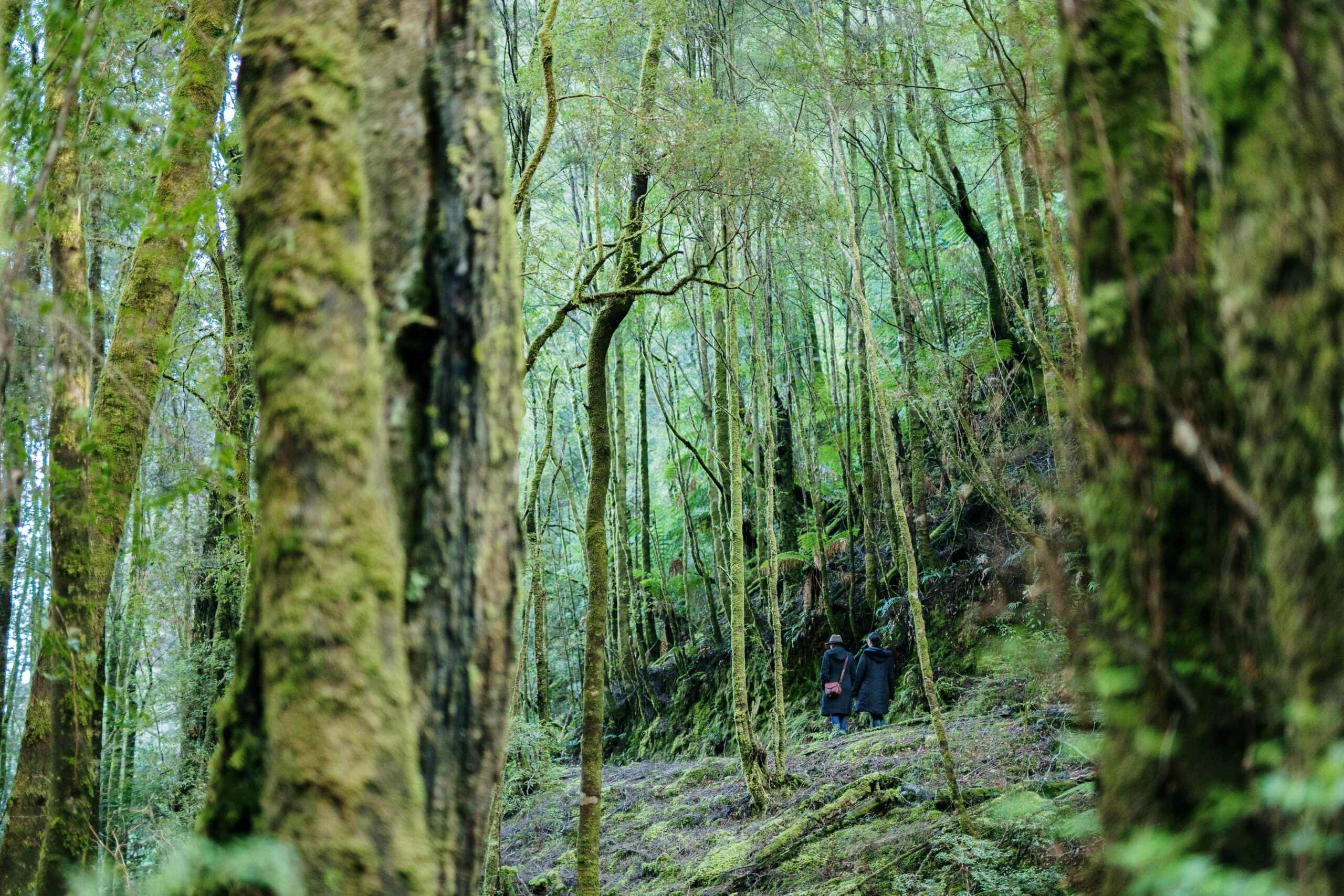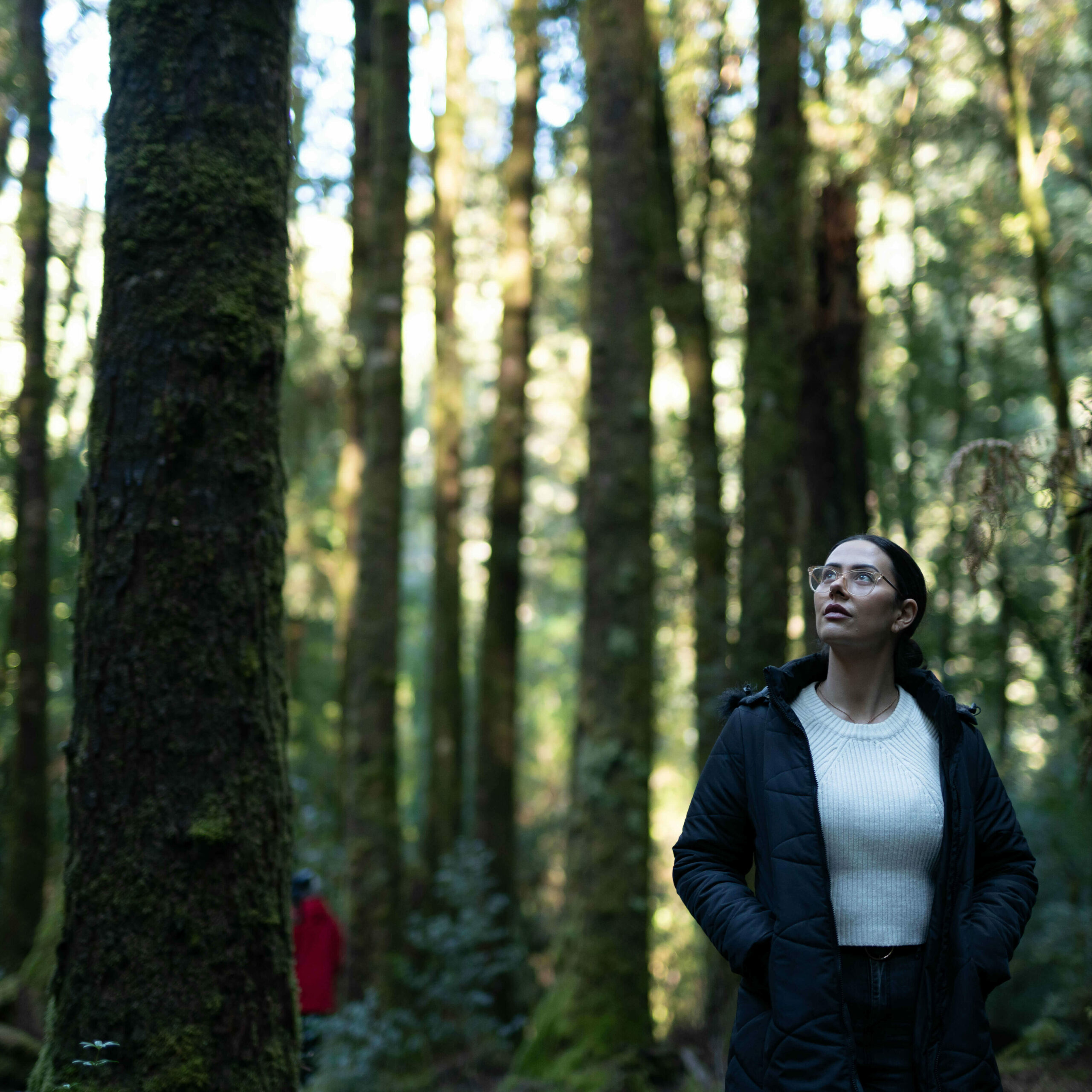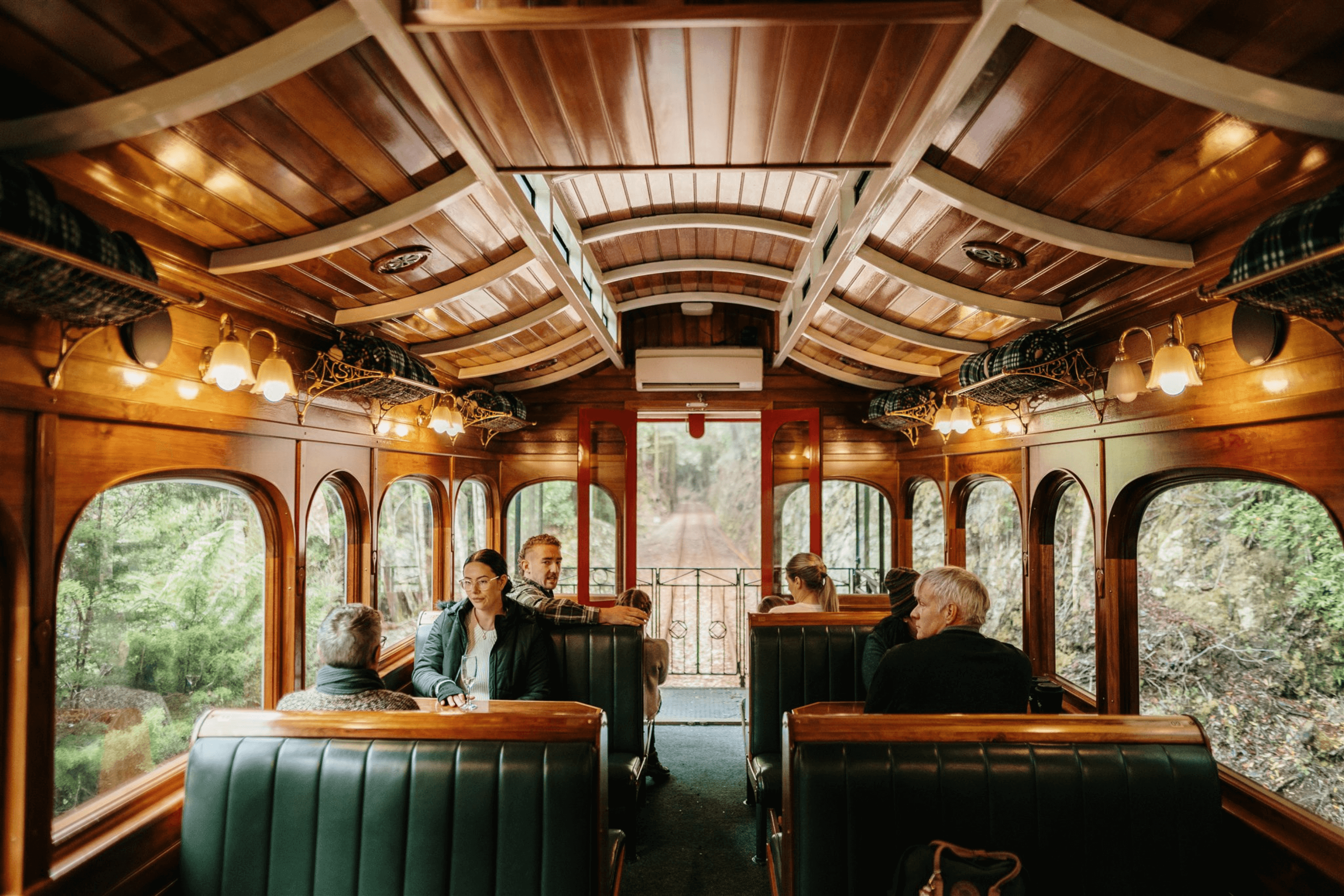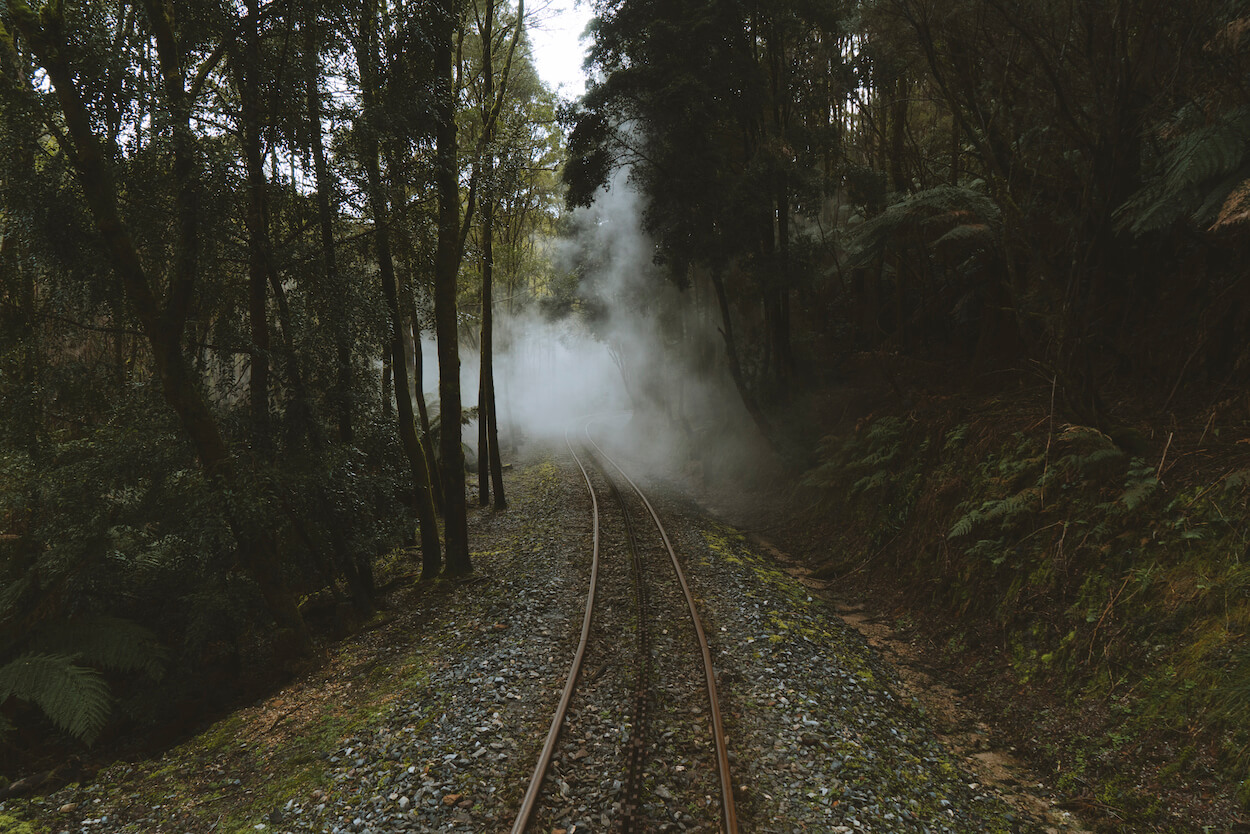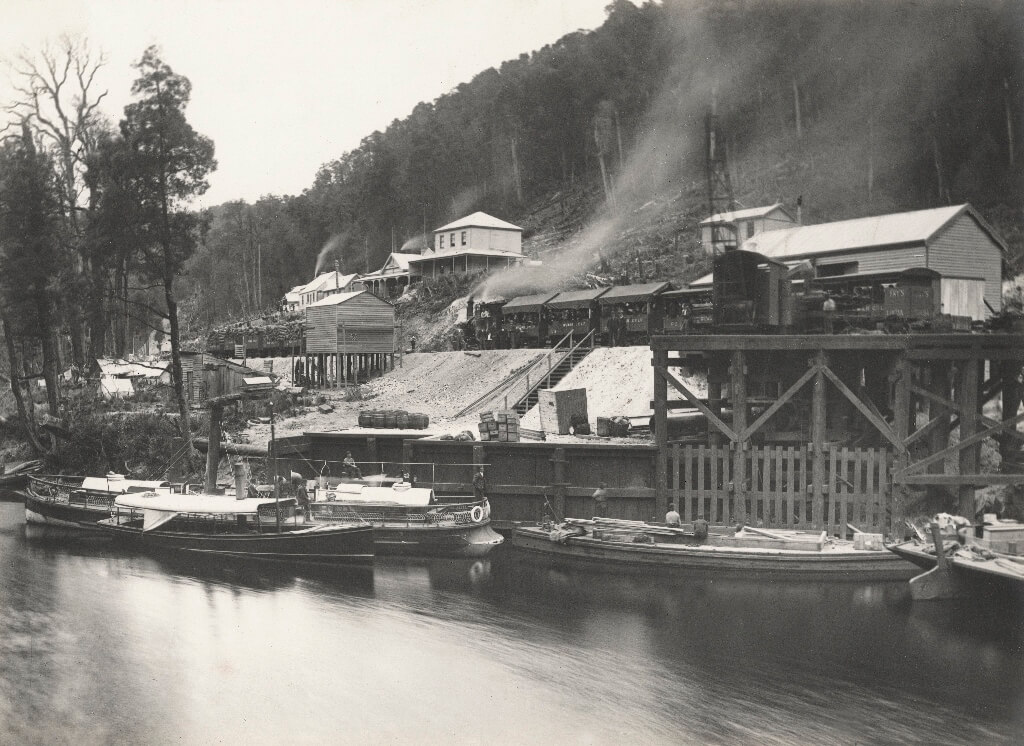There’s so much to do while you’re on Tasmania’s West Coast, you’ll almost always go home wishing you had more time. We recommend taking some time to check out the West Coast Tasmania website and make some plans based on your personal interests.
Here’s some ideas to get you started:
- Go for a walk! There’s so many to choose from, but some of our favourites are The Confluence (Queenstown), Horsetail Falls (Queenstown) and Hogarth Falls (Strahan). Each walk is short and easy but they are so different – if you have time, try to check them all out! Other walks in the region include Montezuma Falls and, for some unique mining heritage and glow worms at the same time, check out Spray Tunnel just outside of Zeehan.
- Hit the mountain bike trail network! OK, so you may need to bring your own bike, but if you’re keen there are some great trails to check out around Queenstown and Zeehan. The Mt Owen trail network has only been recently opened and new trails are being opened regularly at the moment. We recommend checking out the West Coast MTB website and plan ahead!
- Check out The Ship That Never Was, Australia’s longest running play based in Strahan. It’s a fun night with lots of laughs and a great way to learn more about the history of Sarah Island’s penal colony.
- Take a cruise through Tasmania’s famous World Heritage Wilderness Area and experience the natural phenomenon that is the Gordon River. Cruises depart daily with Gordon River Cruises and World Heritage Cruises.
- Explore lost mines and ghost towns with Roam Wild or hit the rapids with King River Rafting. Whatever you choose, you’re sure to have a great day out!
